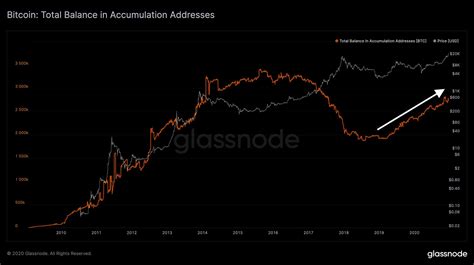Cryptocurrency, Circulating Supply, and Liquidity:
Understanding Key Metrics for Crypto Investors
In the world of cryptocurrency trading, investors often find themselves overwhelmed by a multitude of metrics that can make it difficult to assess the overall health and performance of their investments. Among these key indicators are several that provide valuable insights into the current state of the market, particularly in terms of circulating supply and liquidity.
What is Circulating Supply?
Circulating supply refers to the total amount of a particular cryptocurrency that is still in active circulation within the market. This includes all coins that have been issued through various mechanisms such as ICOs (Initial Coin Offerings), token sales, and on-chain transactions. It does not include coins held by whales or institutional investors but not actively used by users.
The circulating supply of a cryptocurrency is a key metric for determining overall demand and potential price movement. When the market perceives a particular coin as undervalued, it may be due to a low circulating supply compared to the total available supply (TAS). Conversely, when the circulating supply increases, it often means that more coins are being minted or sold than the market can absorb.
What is liquidity?
Liquidity in the cryptocurrency space refers to the ability to buy and sell a particular coin on exchanges without significant price changes. High liquidity means that there is sufficient volume of buying and selling activity, allowing investors to easily enter and exit positions at favorable prices.
High liquidity is especially important for traders who rely on market-making models or those who need to sell their coins quickly to profit from price movements. A coin with high liquidity can provide greater flexibility in trading strategies and help mitigate potential losses due to price volatility.
Importance of CEX (Crypto Exchange)

Crypto exchanges play a key role in the cryptocurrency ecosystem, providing investors with access to a variety of markets to buy, sell, or trade cryptocurrencies. However, not all exchanges are created equal, especially when it comes to liquidity.
A highly liquid exchange means that there is enough buying and selling activity to absorb price changes, making it easier for traders to enter and exit positions at favorable prices. High liquidity also helps reduce the impact of slippage (slightly delayed entry or exit prices) on market performance.
Key Metrics to Track
There are several key metrics to consider when evaluating cryptocurrency performance:
- Supply Supply: A decrease in the supply of coins can mean that more coins are being sold than are being minted or issued through ICOs.
- Liquidity: High liquidity is essential for traders and investors who rely on market making models or those who need to sell their coins quickly.
- Market Capitalization: The total value of the cryptocurrency’s open supply, adjusted for the circulating supply.
By tracking these key metrics and staying informed about market trends, you can make more informed decisions when trading cryptocurrencies.

